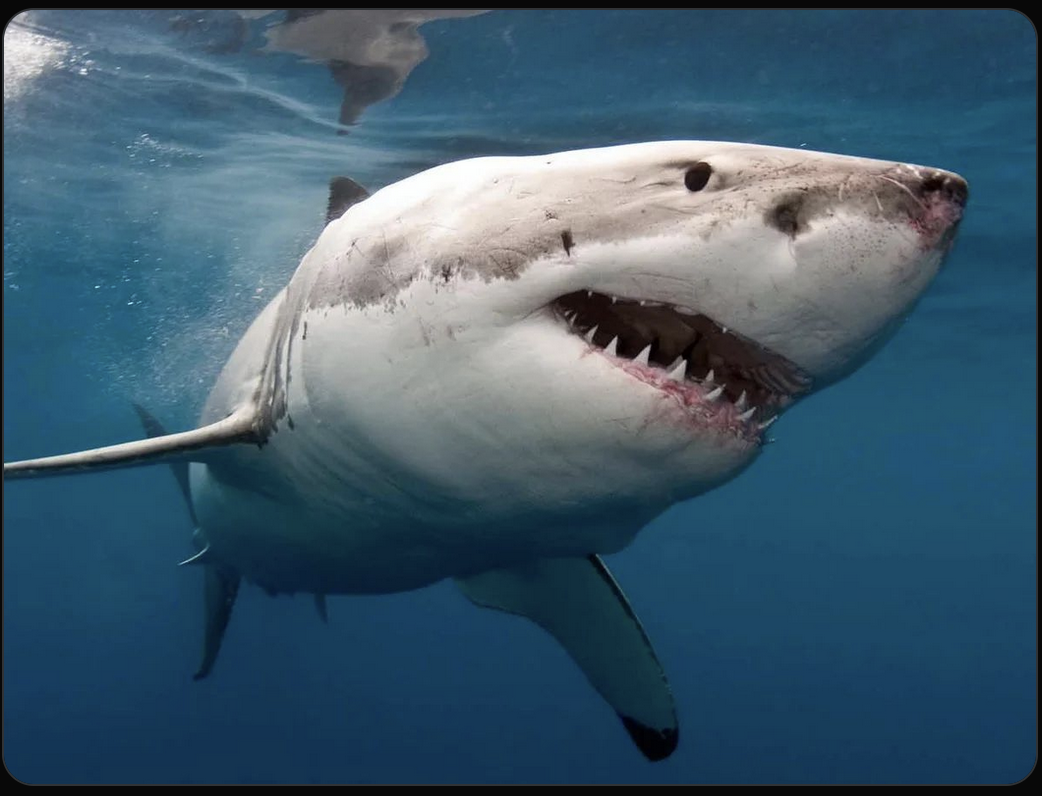White Shark DNA mystery finally solved?
The White shark is a species featured in ‘JAWS’
For over two decades, scientists have been puzzled by this genetic anomaly. Three major populations of white sharks show striking variation in mitochondrial DNA, despite nearly identical nuclear DNA. Early on, migration patterns seemed to explain the mismatch. But new research, published in Proceedings of the National Academy of Sciences, has upended that theory.
Origins After the Ice Age
The mystery traces back to the end of the last Ice Age, about 10,000 years ago. Back then, lower sea levels confined white sharks to a single Indo-Pacific population. As the climate warmed, sharks dispersed to new regions, and by roughly 7,000 years ago, they had split into three genetically distinct groups.
Today, those populations live in the southern hemisphere near Australia and South Africa, the northern Atlantic, and the northern Pacific. But their total global population is tiny—around 20,000 individuals, according to study co-author Gavin Naylor of the Florida Museum of Natural History. “There are more fruit flies in any given city than there are great white sharks in the entire world,” he noted.
An Unexpected Discovery
In 2001, researchers studying sharks from Australia, New Zealand, and South Africa found something odd: nuclear DNA was almost identical across all samples, but mitochondrial DNA in South African sharks differed significantly from that in Australian and New Zealand sharks.
The prevailing explanation was female philopatry—the tendency of females to return to the same place to breed—paired with wide-ranging male migrations. This could keep nuclear DNA uniform (thanks to roaming males) while allowing mitochondrial DNA to diverge (since it’s passed down from females).
Theory Overturned
The new study revisited the question with updated DNA analyses, directly testing the philopatry theory. The results were clear: migration patterns could not account for the mitochondrial differences.
That leaves only one possible explanation—natural selection. But here’s the twist: for natural selection to be responsible, given the sharks’ small population sizes, it would need to be “brutally lethal,” Naylor said. In other words, any deviation from the dominant mitochondrial DNA sequence would have to be fatal, preventing it from being passed on.
Case Still Open
The researchers stress that natural selection is not yet a confirmed answer. Genetic drift is ruled out, migration is off the table, and the selection hypothesis still needs strong evidence. For now, the genetic divide in white sharks remains an open case—one of the ocean’s most enduring scientific mysteries.
If you would like to write for The Daily Jaws, please visit our ‘work with us’ page
For all the latest Jaws, shark and shark movie news, follow The Daily Jaws on Instagram, Twitter and Facebook.

